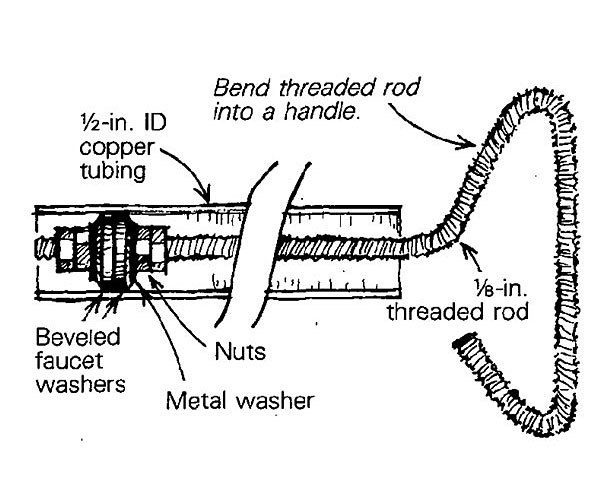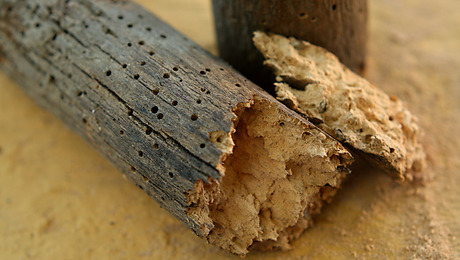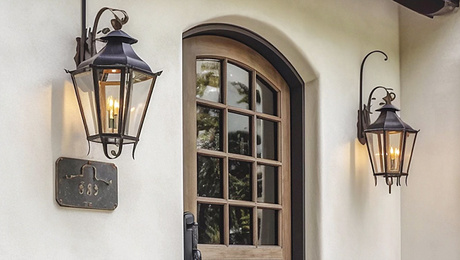
My crew and I have been adding a second story to an older home, but before we could get to the framing we had to deal with the foundation. The original footing was too narrow to carry the weight of the addition, so we had to widen it by adding new footings alongside the old ones. To connect the old and new concrete, the engineer called for 3/4-in. rebar dowels. And the dowels had to be epoxied into the old footings. I checked out the epoxy in glass capsules that are made for this purpose, but at around $4 apiece they were more than we wanted to spend — we had hundreds of empty holes to fill.
My research led me to an outfit called Adhesive Engineering (1411 Industrial Rd., San Carlos, Calif. 94070), which makes an epoxy called Concresive 1411 that is intended for just this purpose. It is thick enough to stay in a horizontal hole without drooling out before it sets up. A batch of it cures slowly — about a two-hour pot life at 65°F. But once in the pot, how to get it into the holes?
Our solution is shown in the drawing. It is a syringe made of a length of 1/2-in. ID copper tubing, with a plunger of 1/8-in. dia. threaded rod. At one end of the rod, I made a piston out of a pair of beveled faucet washers. They are held fast by washers and nuts. Tightening the nuts increases the diameter of the piston a bit, ensuring a good fit. To fill the syringe with a dose of epoxy, put the tube in the pot and pull up on the plunger. Now you’re ready to expel the adhesive into the target hole. Using this method, we bonded all the required dowels at a cost of about 75 cents apiece.
Joe Wilkinson, Berkeley, CA





























